
This summer I visited two coastlines: the western shore of Oregon and California by motorcycle, and the south coast of Spain. During both trips I experienced 40 C-and-higher temperatures, but the two countries dealt with the heat in different ways.
The Oregon Trail and California coast are famous for spectacular seaside cliffs and long sandy beaches. It’s the place to go to cool off — when the fog rolls in the temperature can drop down into the teens. But cross the coastal mountains and it gets hot quickly.
At one point in less than 10 kilometres, the temperature climbed from 17 C to 46 C, which is almost deadly on a motorcycle in full gear.
On an interior two lane highway where traffic was stopped for construction, I caught up to a group of bikers. All of us instinctively got off our mounts and stood under a tree on the side of the road to get a few minutes of relief from the searing sun. An empathetic woman in a motor home came over with bottles of ice water saying, “You look like you need this.” Indeed we did.
Ice water tends to be more effective than warmer water when it comes to delaying your body from overheating.
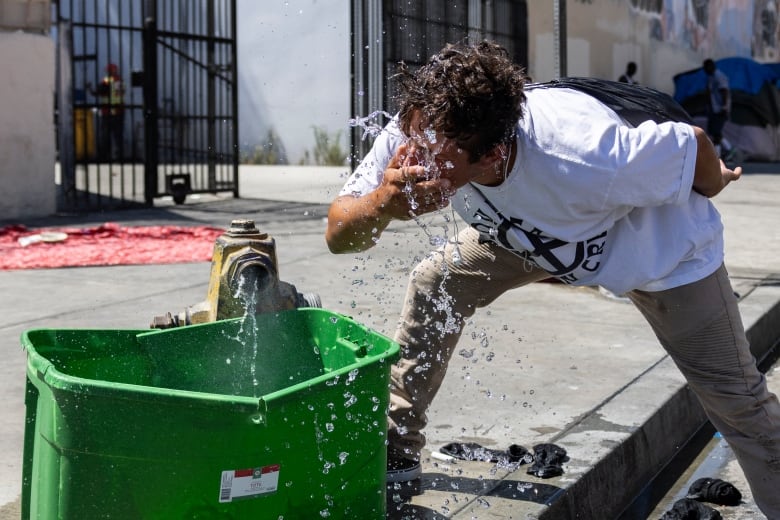
The lesson I learned is to ride in the morning before the midday heat.
Whereas Spain has been dealing with desert-like heat for centuries. And while air conditioning is widespread, they have come up with other adaptations to the heat that are remarkably simple and effective.
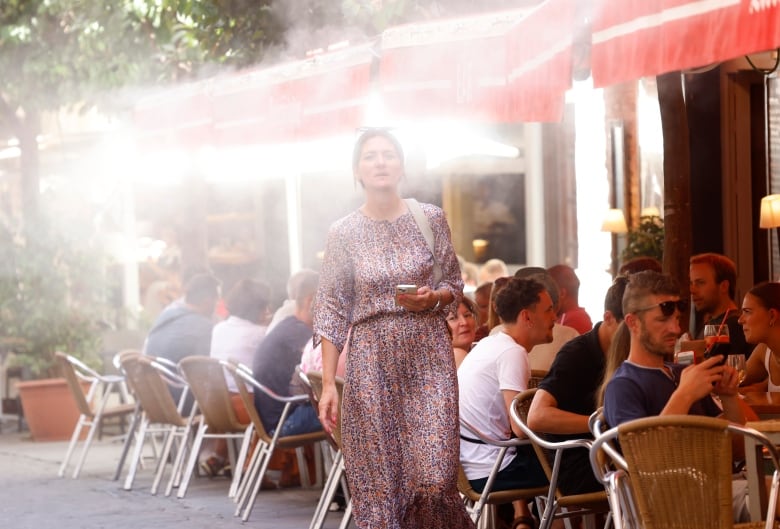
The traditional siesta is still widely observed. Many shops close down in the middle of the day — except those in tourist areas where crazy Canadians wander around in the heat. Residents typically simply stay indoors to avoid the heat.
It is after the sun goes down when everything comes alive in Spain. Restaurants open their patios on the streets, people come out to have dinner, walk through historic streets that have been closed to vehicles and kids play in parks. All this at 10 o’clock at night when the temperature is reasonable.
When the sun shone, in old historic districts, fabric awnings were hung across narrow streets from the roofs of buildings to provide shade. You could feel the difference walking under them.
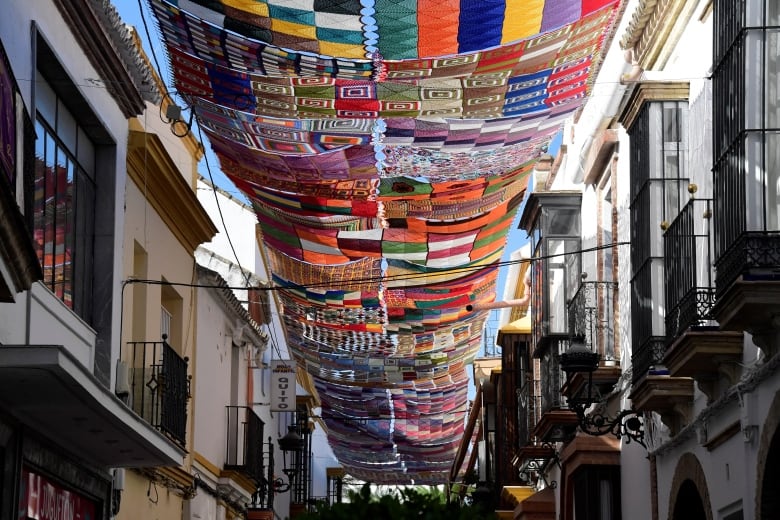
Restaurants that stay open during the day offer mist cooling. A fine spray of water from overhead nozzles provides evaporative cooling both for the air and the skin.
Along the south coast, in the province of Almería, you cross a mountain range and look down into a wide valley completely covered in white.
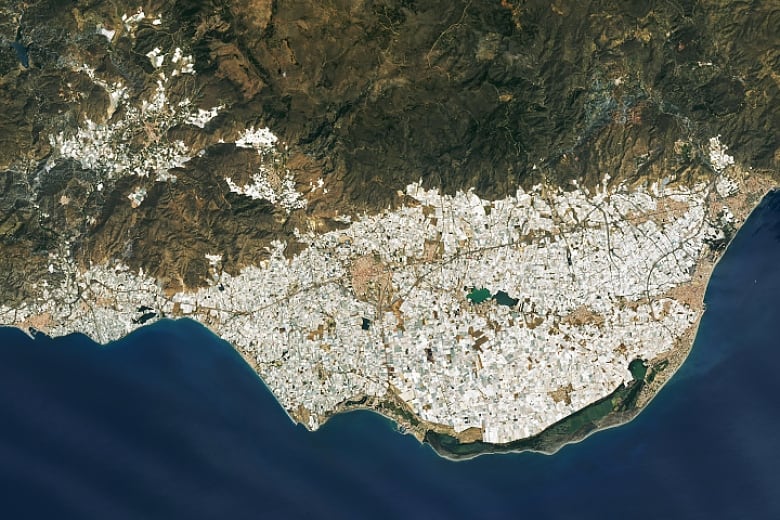
The region is a prime producer of fruits and vegetables, all grown in greenhouses that are covered in white plastic. It is a practice dating back to the 1950s and because of this, the region has one of the highest concentrations of greenhouses in the world.
The white coverings reduce the intensity of sunlight and contain moisture so plants grow much better than in the open. The long greenhouses lay side by side covering the entire valley, an area roughly 40,000 hectares.
Satellite measurements have shown that the combined effect of all those white surfaces reflecting sunlight rather than absorbing it has cooled the region by 0.3 C per decade compared to a 0.5 C increase in the surrounding area.
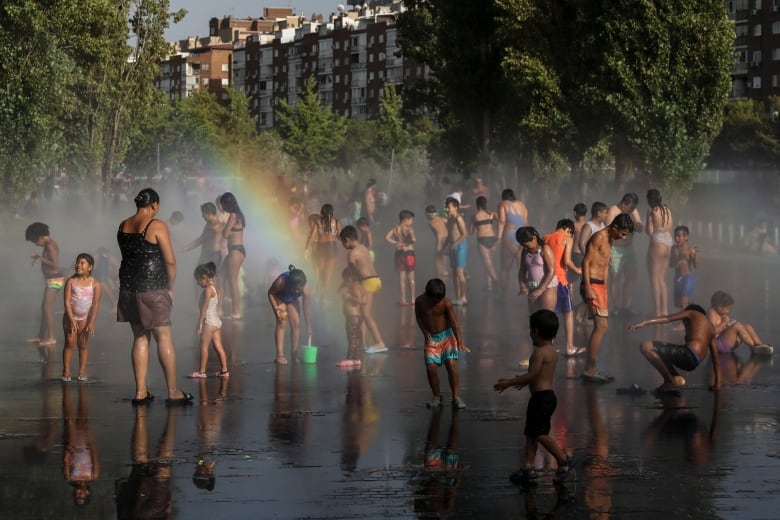
In addition to adapting to the increasing heat, Spain and other European countries are also investing in green energy to reduce carbon emissions. While looking down from the historic Alhambra castle, wind turbines could be seen on adjacent hills — the old and new sharing the same space.
As you will hear on this week’s special Overheated edition of Quirks & Quarks, the problem of rising temperatures in our cities is a growing concern. But there are also solutions available to adapt to a warmer world: more trees, green roofs, lighter coloured rooftops and painting buildings white.
We even saw a green alleyway in Montreal where large planters holding trees lined the walls making the narrow space not only cooler, but a more pleasant place to be.
Climate change is here, now. But that’s no reason to despair. We have the techniques to adapt to a warmer world and we also have the technology to produce energy without carbon emissions to prevent the world getting even warmer.

This story is part of our Overheated series, a collaboration between What on Earth, Quirks & Quarks, and White Coat, Black Art, that explores how heat is affecting our health, our cities and our ecosystems.